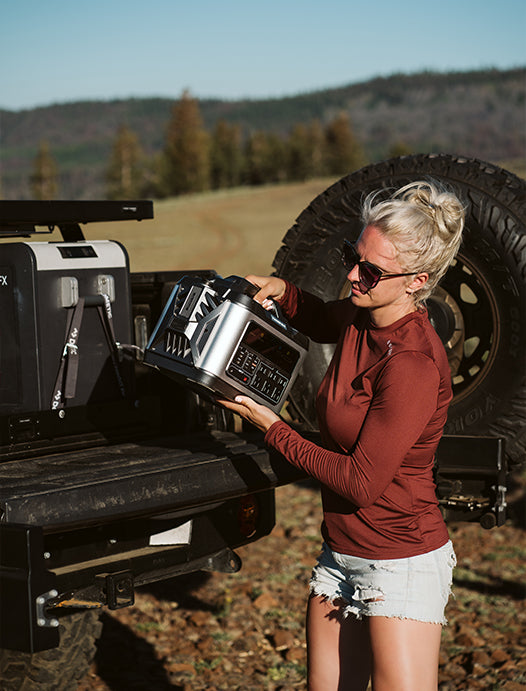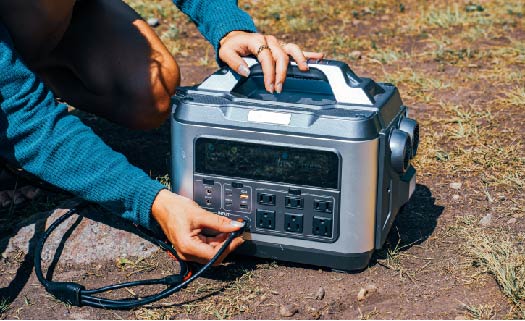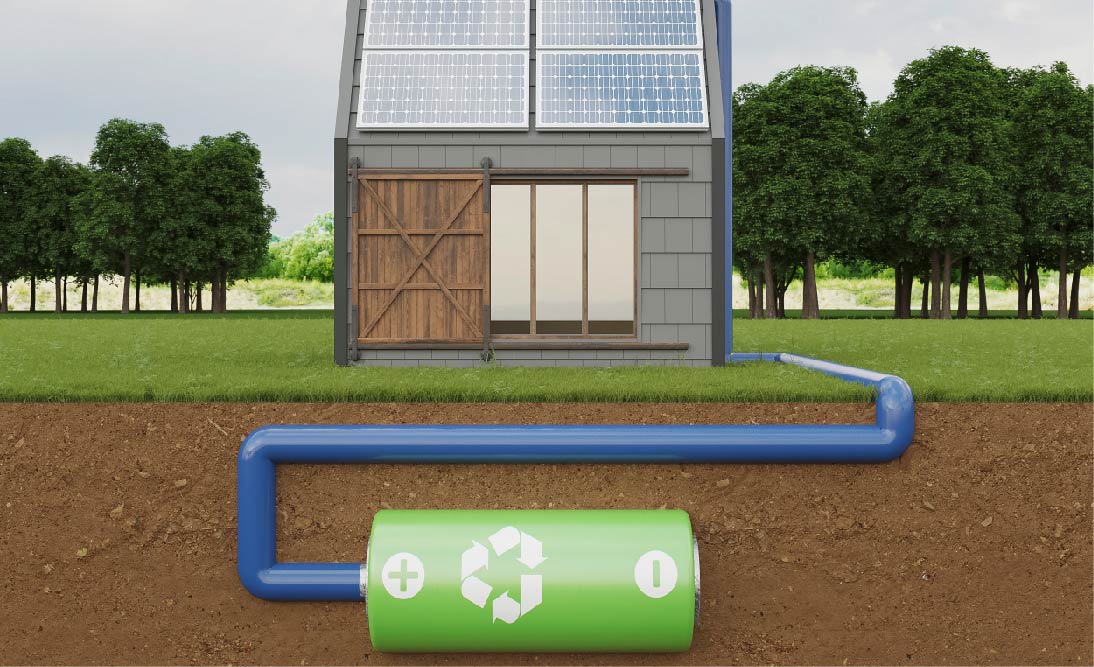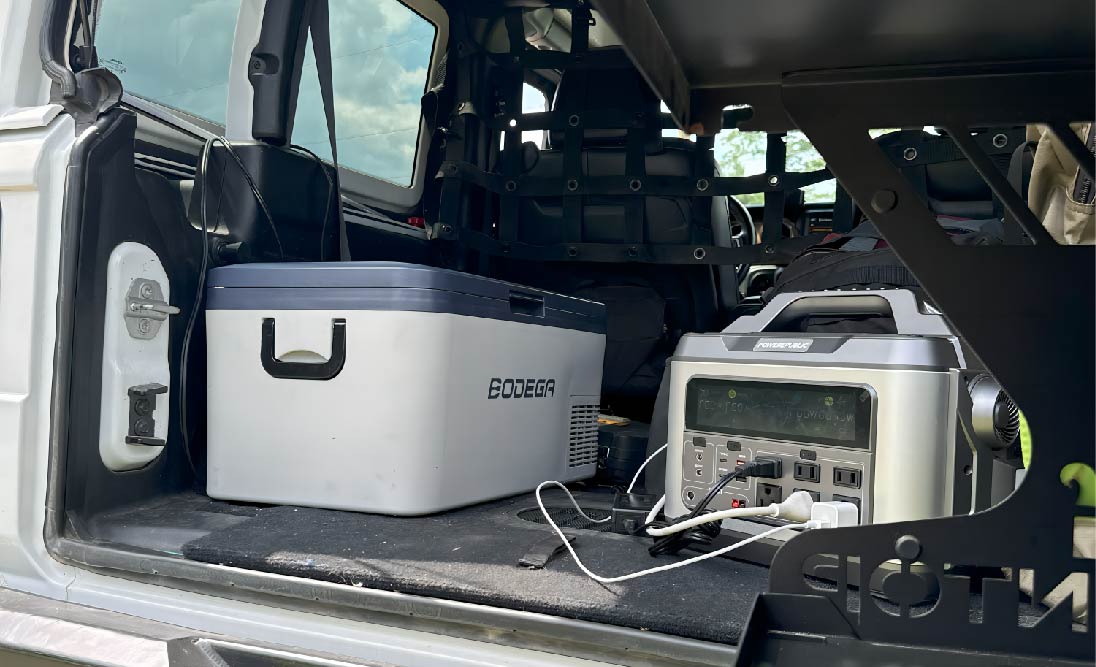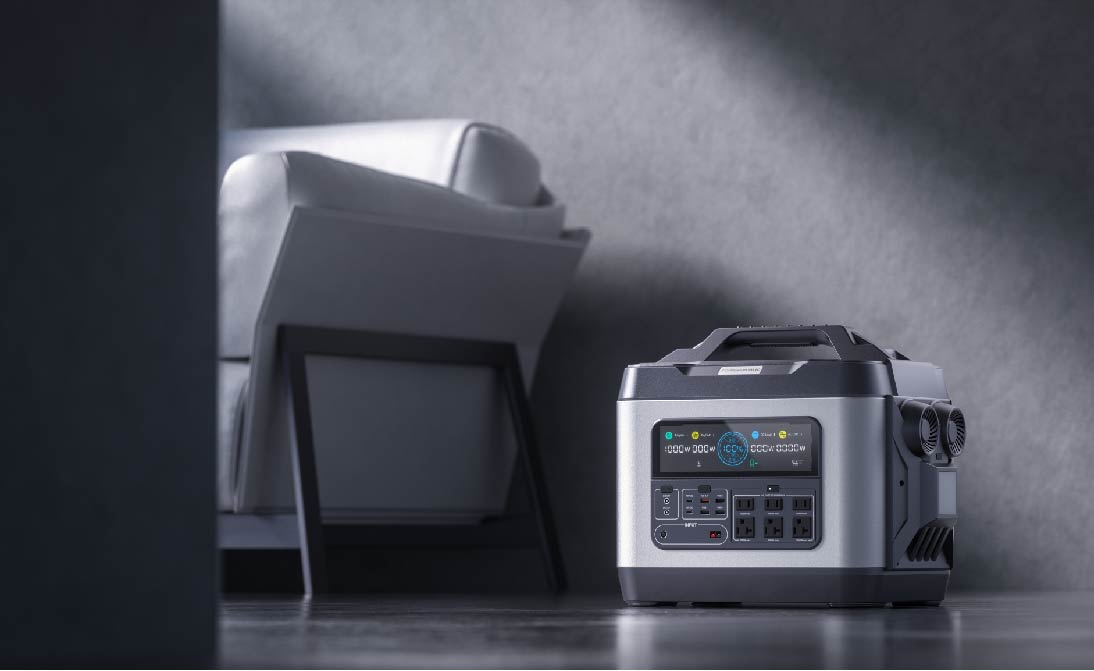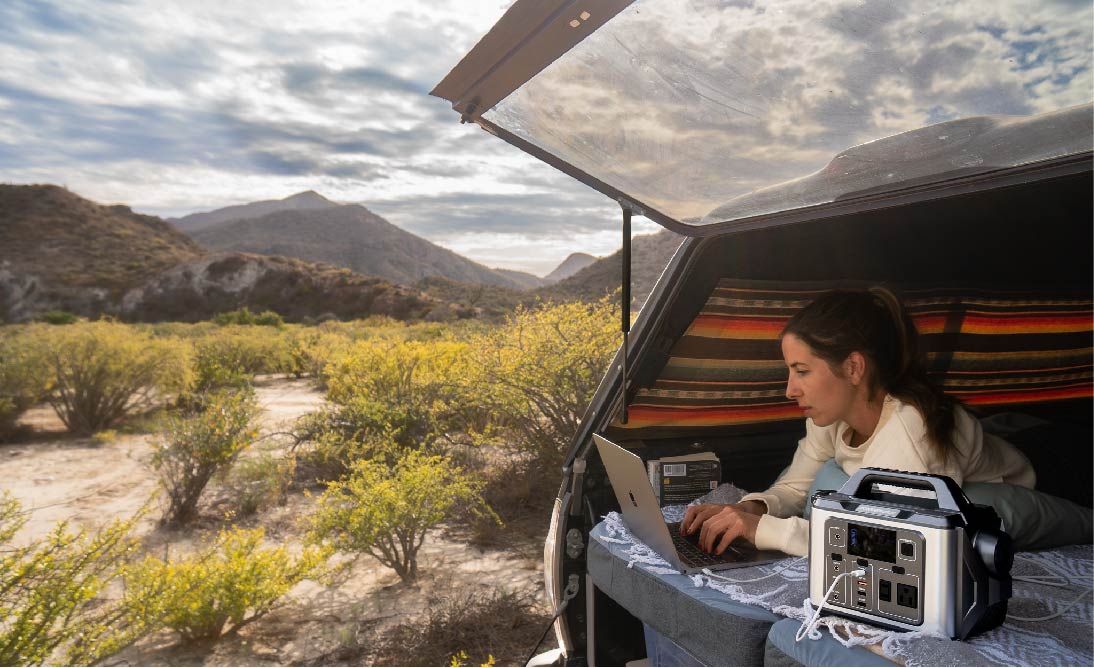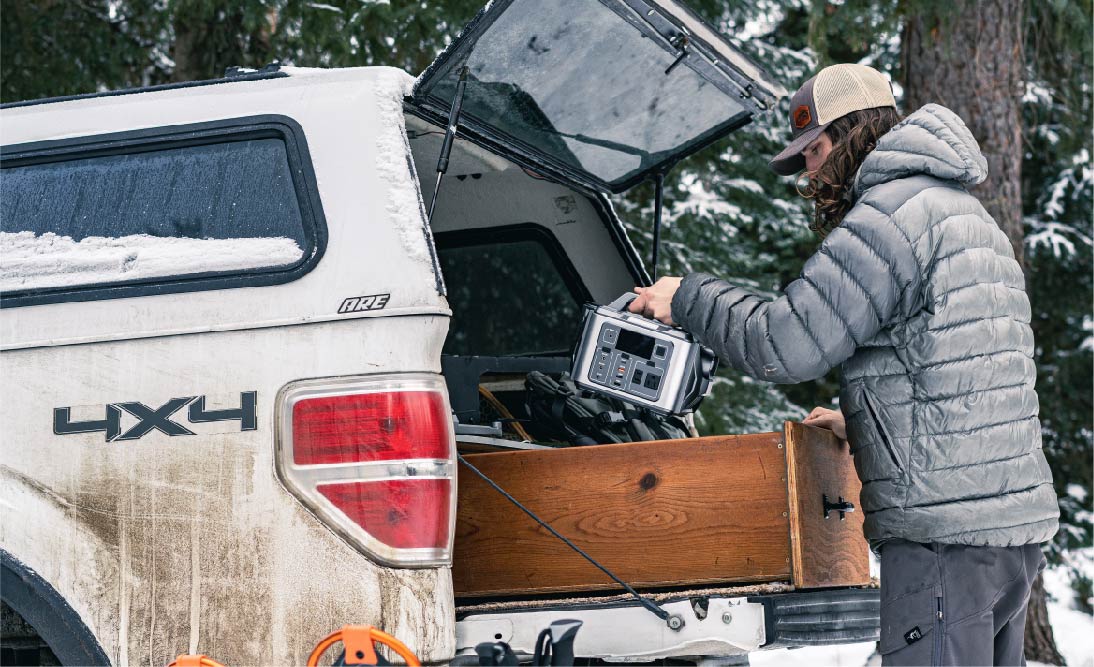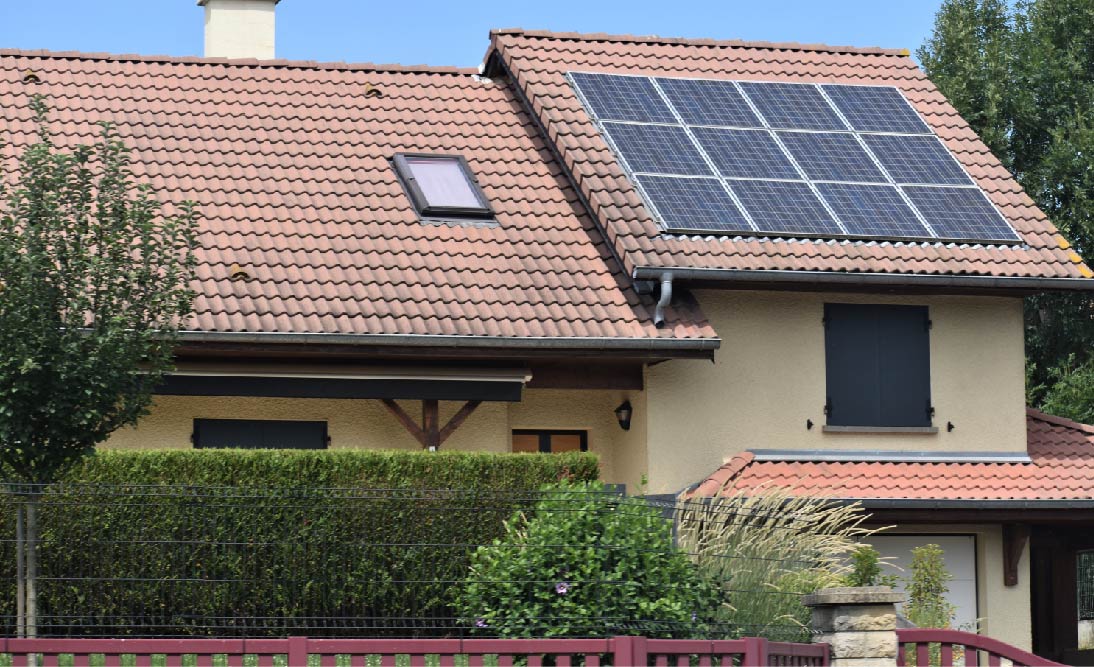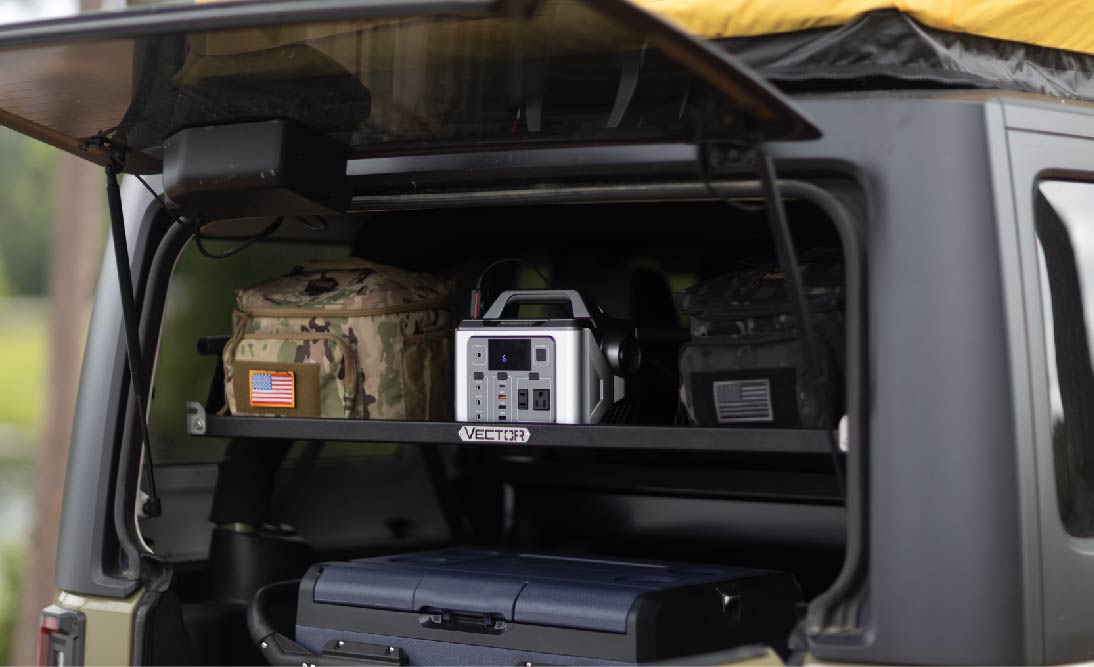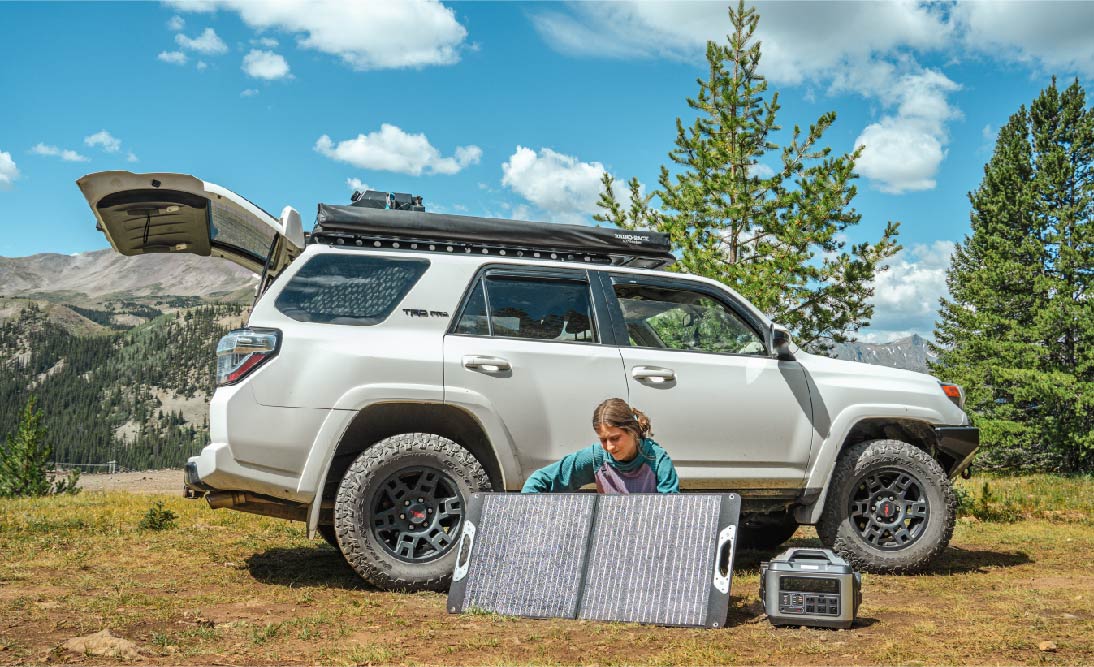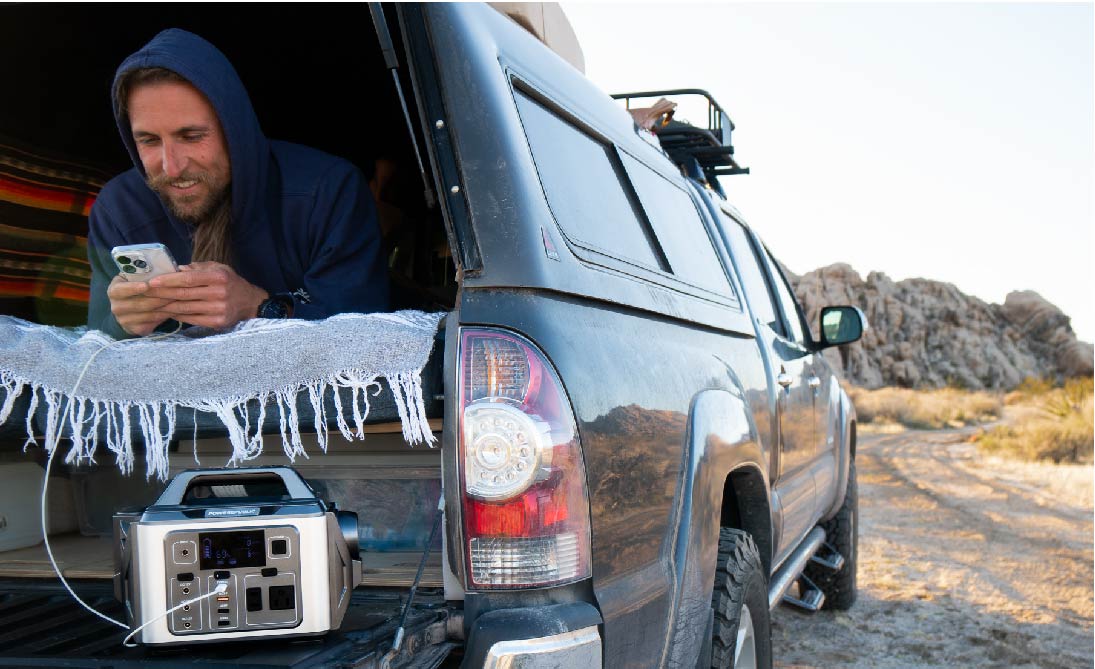Table of Contents:
-
For Devices - How To Figure Out The Starting Watts and Running Watts?
-
For Generators - How To Figure Out The Starting Watts and Running Watts?
-
For Solar Generators - How To Figure Out The Starting Watts and Running Watts?
-
Why is it Important to Know The Starting Watts running Watts?
When it comes to selecting the ideal generator or solar generator for your needs, knowing starting watts and running watts will help you make a better decision. In this blog, we are going to give a brief explanation about starting and running watts, including different terms and phrases for them, the differences and similarities between them, and teach you how to figure out both of them in real-life situations.
Again, running watts and starting watts are important considerations when choosing a generator, especially for applications where electrical power is crucial. We hope you will find this article useful.
Let’s get started!
Definition of Starting Watts and Running Watts

Running Watts (Also Called: Continuous Power, Running Power, or Rated Power)
-
Definition: Running watts refer to the continuous power that a generator or solar generator can provide to keep electrical devices running over time.
-
When to consider: Consider running watts when you want to power appliances or equipment that require a constant and steady supply of electricity. This includes devices like refrigerators, lights, heaters, and other continuous-use appliances.
-
For example, if a generator or solar generator has a rated power of 1000W, it can power devices and appliances up to 1000W during a period.
Starting Watts (Also Called: Surge Power, Peak Power, Starting Power, or Startup Power)
-
Definition: Starting watts, also known as surge watts, represent the extra power needed by certain appliances and devices when they initially start up. This surge is typically higher than the continuous running power.
-
When to consider: Consider starting watts when dealing with appliances that have electric motors, such as air conditioners, refrigerators, well pumps, and power tools. These devices require an extra burst of power during startup, and the generator should be able to handle this temporary surge.
Here are some specific scenarios where considering both running watts and starting watts is crucial:
-
Emergency Backup Power: When selecting a generator for emergency backup power during power outages, it's essential to ensure that the generator can handle the continuous power needs of essential appliances (running watts) as well as the initial surge when these appliances start (starting watts).
-
RV/Camping Generators: For portable generators used in RVs or camping, you need to consider the power requirements of your appliances, including both the running watts for continuous operation and the starting watts for devices with motors.
-
Construction Sites: Generators used at construction sites often power tools and equipment with electric motors. In such cases, both running and starting watts are critical to ensure the generator can handle the load during operation and startup.
Always check the power requirements of the devices you plan to connect to the generator or solar generator and choose a generator with a capacity that exceeds both the running and starting watts of those devices to ensure reliable and safe operation.
Starting Watts Vs. Running Watts: Similarities and Differences

Starting Watts and Running Watts are two essential specifications to consider when selecting a generator, and they play distinct roles in powering various devices. Here are the similarities and differences between Starting Watts and Running Watts:
Starting Watts Vs. Running Watts - Similarities
1. Power Measurement
-
Both Starting Watts and Running Watts are measurements of electrical power expressed in watts (W). They quantify the generator's capacity to supply electricity to connected devices.
2. Generator Capacity
-
Starting Watts and Running Watts together represent the overall capacity of the generator. The generator must be able to handle both the continuous running power and the additional surge power for devices with electric motors.
Starting Watts Vs. Running Watts - Differences
1. The magnitude of Power
-
Running Watts: Running watts are typically lower than starting watts. They indicate the sustained power output the generator can provide during continuous operation.
-
Starting Watts: Starting watts are higher than running watts. They account for the additional power required during the brief period when devices start up.
2. Duration of Power Output
-
Running Watts: Running watts are relevant for the entire duration that a device is in operation. They ensure a constant and stable power supply.
-
Starting Watts: Starting watts are only relevant for the short duration when a device is starting up. Once the device is running, the power requirement decreases to the running watts level.
3. Device Compatibility
-
Running Watts: Running watts are essential for devices that have a continuous power demand, such as lights, fans, and electronics.
-
Starting Watts: Starting watts are crucial for devices with electric motors, such as air conditioners, refrigerators, well pumps, and power tools.
While both Starting Watts and Running Watts contribute to the overall capacity of a generator, they serve different functions. Running Watts provide continuous power, while Starting Watts accommodate the temporary surge required during device startup, especially for those with electric motors. Understanding these differences is crucial for selecting a generator that meets the specific power demands of connected devices.
How To Figure Out The Starting Watts and Running Watts?

1. For Devices and Appliances
a. If You Know Current and Voltage
Identify Current and Voltage Ratings:
-
Obtain the current (in amperes) and voltage (in volts) ratings for the device.
Calculate Power (Watts):
-
Power(W)=Voltage(V) x Current(A)
Determine Running Watts:
-
For continuous-use devices, the calculated power represents running watts.
Estimate Starting Watts:
-
For devices with motors, starting watts can be estimated by multiplying the running watts by a factor (usually 2 to 3) to account for the surge during startup.
Example:
-
For a device with 120V and 5A:
-
Power(Watts)=120V×5A=600W
-
Running Watts = 600W
-
Starting Watts (estimated) = 2times of 600W = 1200W or 3 times of 600W=1800W
b. If You Have Device Specifications
Check Manufacturer Specifications:
-
Refer to the user manual or product specifications for information on both running and starting watts.
Online Calculators:
-
Utilize online power requirement calculators by inputting device details.
Consider Continuous and Startup Needs:
-
Sum up running watts for continuous operation.
-
Identify the device with the highest starting watts requirement. Add this value to the running watts for the total power needed.
Example:
-
Refrigerator (Running Watts): 800W
-
Lights (Running Watts): 200W
-
Total Running Watts: 1000W
-
Air Conditioner (Starting Watts): 2000W (estimated)
-
Total Starting Watts: 3000W
2. For Generators
Read the Generator Manual:
-
Check the generator's manual for specifications on running watts and starting watts.
Calculate Total Load:
-
List all devices to be powered simultaneously and sum their running watts.
-
Identify the device with the highest starting watts requirement. Add this to the total running watts.
-
Factor in Generator Efficiency: Required Generator Capacity=Total Load / Generator Efficiency
Example:
-
Refrigerator (Running Watts): 800W
-
Lights (Running Watts): 200W
-
Total Running Watts: 1000W
-
Air Conditioner (Starting Watts): 2000W (highest starting watts)
-
Total Starting Watts: 3000W
-
Generator Efficiency: 90%
-
Required Capacity=3000W/0.9=3333.3Wh.
-
Round up to be 3400Wh. Thus you need a 3400Wh generator to run all the devices above.
3. For Portable Power Stations or Solar Generators
Review Product Specifications:
-
Examine the technical details provided by the manufacturer. Look for information on both running watts and starting watts
Calculate Total Load for Running Watts:
-
List all devices you plan to power simultaneously.
-
Sum up their running watts to determine the total load during continuous operation.
Example:
-
Full-Size Refrigerator: 800W
-
Total Running Watts = 800W
Estimate Starting Watts:
-
Identify the device with the highest starting watts requirement. Typically, it's a motor-driven device like a refrigerator or power tool.
-
Multiply the running watts of this device by a factor (usually 2 to 3) to estimate starting watts.
Example:
-
Refrigerator: 800W (running watts)
-
Estimated Starting Watts = 800W*2=1600Wor 800W*3=2400W
Choose The Ideal Portable Power Station or Solar Generator:
-
After determining that the full-size refrigerator requires 800W running power and 1600W starting power, and considering the goal of powering it along with other devices for approximately 2 hours, it is advisable to choose a portable power station or solar generator with a minimum of 2000W running power and 2500W surge power.
-
POWEREPUBLIC T306 has a rated power of 300W and a surge power of 600W. It is one of the best power banks for camping.
-
POWEREPUBLIC T1200 has a rated power of 1200W and a surge power of 2600W. It is one of the best power banks for weekend getaways, car camping, and off-grid living.
-
POWEREPUBLIC T2200 has a rated power of 2200W and a surge power of 4500W. It is one of the best LiFePO4 power stations and indoor generators for outdoor events, power outages, and off-grid living.
-
POWEREPUBLIC T3000 has a rated power of 3000W and a surge power of 6000W. It is one of the best LiFePO4 power stations and indoor generators for off-grid living, power outages, and emergency backup.
Knowing the starting and running watts of your devices for your devices will help you make better decisions on selecting the best generator, portable power station, or solar generator for your needs.
Why is it Important to Know The Starting Watts and Running Watts?

Understanding the starting watts and running watts of electrical devices is crucial for several reasons, especially when selecting a generator, portable power station, or solar generator. Here's a detailed explanation of why this knowledge is essential:
Proper Equipment Sizing:
-
Knowing the starting and running watts helps you select a generator or power station with the appropriate capacity for your devices.
-
Overloading a generator with insufficient capacity can lead to performance issues, damage to the equipment, and potential safety hazards.
Preventing Power Surges:
-
Appliances with electric motors, such as refrigerators, air conditioners, and power tools, often require a higher surge of power during startup.
-
If the generator or power station cannot provide adequate starting watts, it may result in voltage drops and damage to both the generator and connected devices.
Ensuring Continuous Power Supply:
-
Running watts are essential for devices with continuous power demands, such as lights, fans, and electronic devices.
-
Selecting a generator or power station with sufficient running watts ensures a stable and uninterrupted power supply for devices that require constant electricity.
Emergency Preparedness:
-
During power outages or emergencies, having a generator with the right starting and running capacities is crucial for providing backup power to essential appliances.
-
Emergency backup scenarios often involve a mix of devices with different power requirements, emphasizing the need to understand both starting and running watts.
Optimizing Fuel Efficiency:
-
A generator that is appropriately sized for the connected devices operates more efficiently, minimizing fuel consumption.
-
Over-sizing a generator can lead to unnecessary fuel consumption, increased operating costs, and environmental impact.
Protecting Devices and Appliances:
-
Incorrectly sized generators or power stations can lead to voltage fluctuations and damage to sensitive electronics.
-
Knowing the starting and running watts helps you choose equipment that provides a stable and safe power supply, protecting your devices from potential harm.
Portable Power Station Selection:
-
For portable power stations or solar generators, understanding the power requirements allows you to choose a unit that suits your specific needs for outdoor activities, camping, or off-grid living.
-
The right selection ensures you have sufficient power for both continuous operation and the occasional surge during startup.
Avoiding Electrical Hazards:
-
Overloading a generator beyond its capacity poses risks of electrical hazards, fires, and damage to the connected devices.
-
Properly sizing the generator based on starting and running watts helps mitigate these risks and ensures a safe electrical setup.
Knowing the starting and running watts of your devices is fundamental to making informed decisions about the power equipment you choose. It not only ensures the efficient and safe operation of your electrical devices but also contributes to overall system reliability and longevity.
Final Thoughts
In a nutshell, knowing the difference between starting watts and running watts is crucial when picking generators or solar solutions. Sizing your equipment correctly ensures peak performance, wards off power surges, and guarantees a steady power flow for all your devices. This awareness is especially vital in emergencies, promoting fuel efficiency, safeguarding your devices, and aiding in choosing the right portable power station for outdoor activities.
Plus, understanding starting watts vs running watts helps prevent electrical hazards, ensuring a safe and long-lasting power setup. So, whether prepping for outages or seeking portable power, making informed decisions based on these specs is the key to a reliable and efficient electrical system. Please keep it simple, stay informed, and power up with confidence.
Explore POWEREPUBLIC Portable Power Stations.
